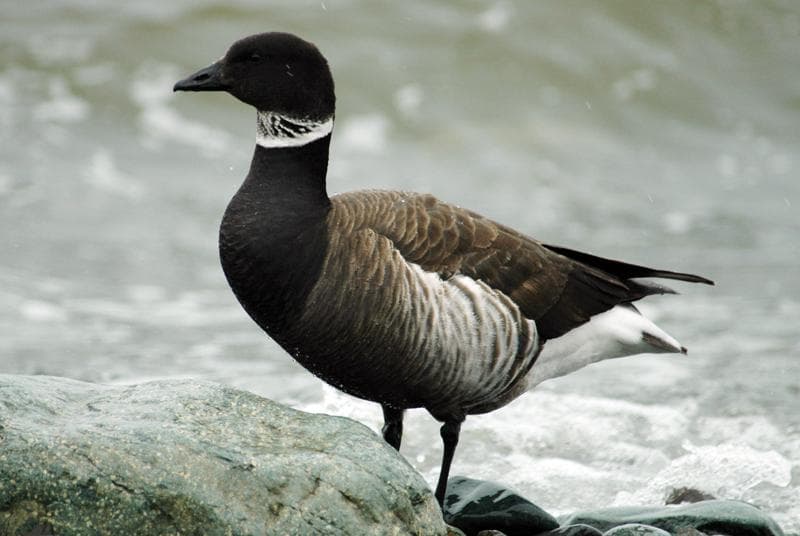- 1 Duck
- 2 Pheasants
- 3 Hawks
- 4 Loons
- 5 Albatross
- 6 Petrel
- 7 Grebe
- 8 Phaetonic
- 9 Stork
- 10 Ibis
- 11 Heron
- 12 The rest of the birds of Asia
- 13 Pelican
- 14 Frigate
- 15 Booby
- 16 White-eyed
- 17 Bulbul
- 18 Passerines
- 19 Corvids
- 20 Finches
- 21 Blackbirds
- 22 Larks
- 23 Accentorids
- 24 Swallow
- 25 Flycatchers
- 26 Oatmeal
- 27 Hemp
- 28 Pitty
- 29 Crickets
- 30 Starling
- 31 Wagtails
- 32 Conclusion
The largest part of the Earth’s light is undoubtedly Asia. The vast territory, stretching from north to south and from west to east, includes the predominant part of the continental land of Eurasia and the adjacent islands. Asia combines several climatic zones, varied relief, salty and fresh waters of the World Ocean. Considering all this, the flora and fauna of this part of the world is extremely large and diverse.
The species composition of such a class of animals as birds is no exception. Probably, neither America, nor Africa, nor other parts of the world can boast of such a number and variety of birds as in Asia.
Duck
Black goose
Canada goose
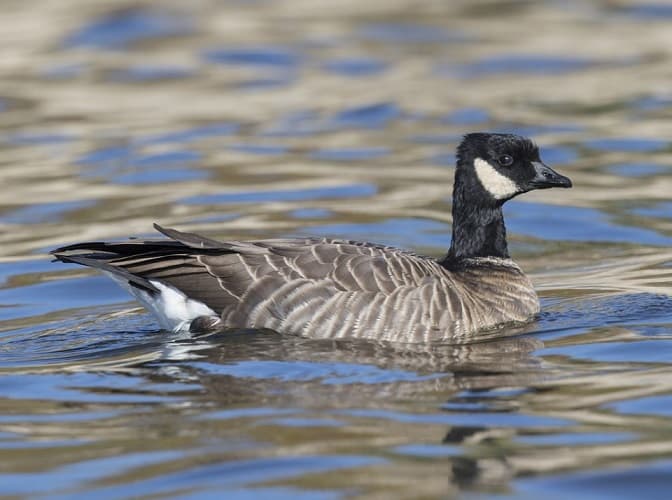
White goose
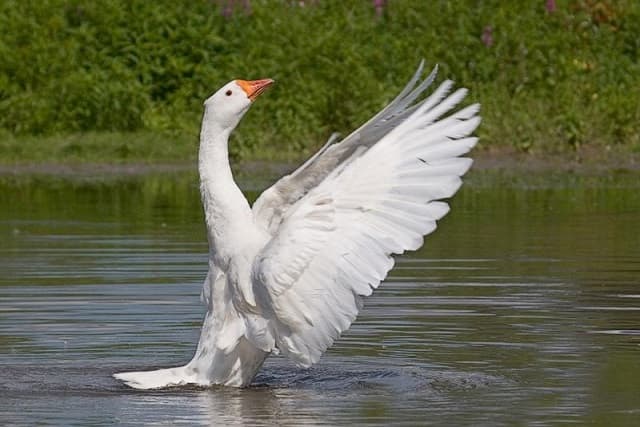
Mute swan
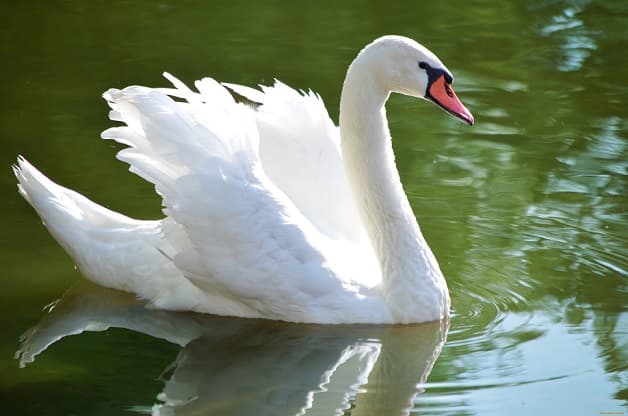
Lesser White-fronted Goose

Mandarinka

Sea black

Crested duck

Pheasants
Partridge

Quail

Black lofura

White duck

Hawks
Golden eagle
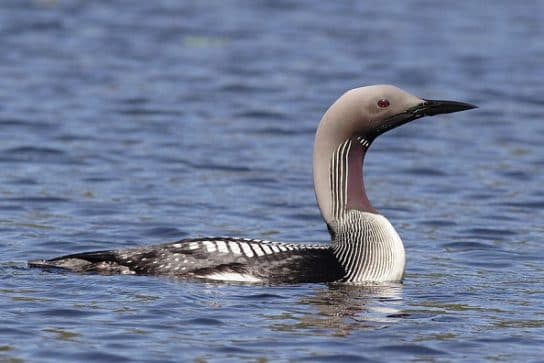
Sparrowhawk
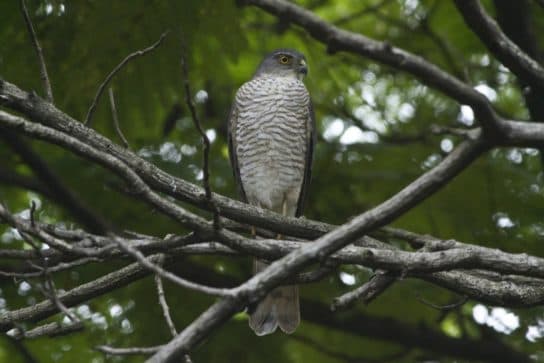
Striped hawk
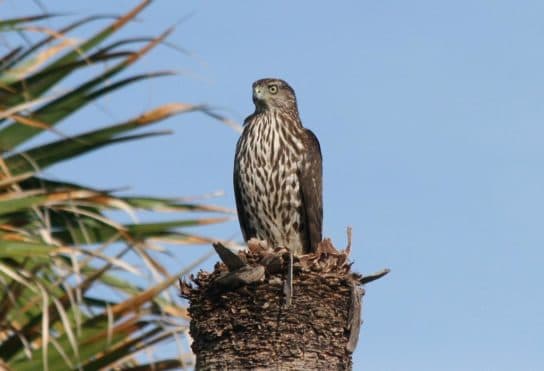
Black grouse

Swampy moon

Bald eagle
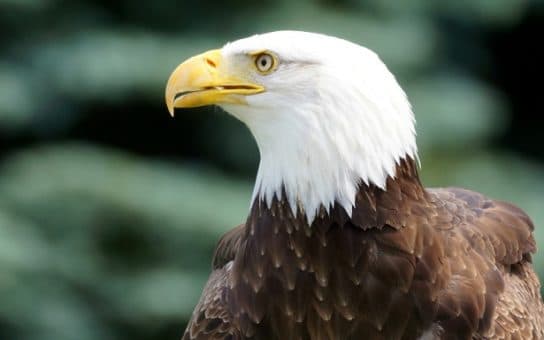
White-tailed eagle
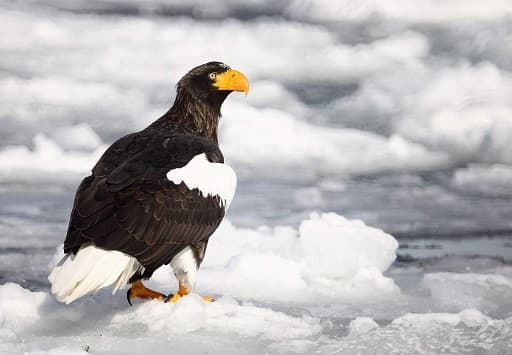
White-eyed buzzard

Eastern Buzzard
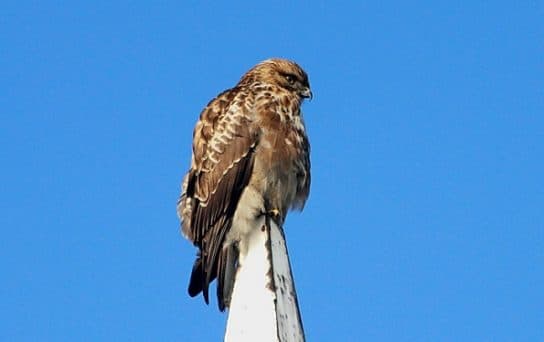
Winter
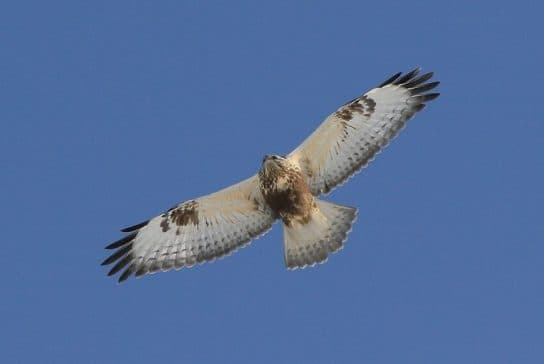
Upland Buzzard

Loons
White-billed loon
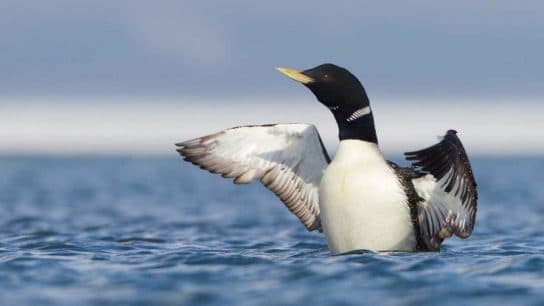
Red-throated loon

Black throated loon

White-necked loon
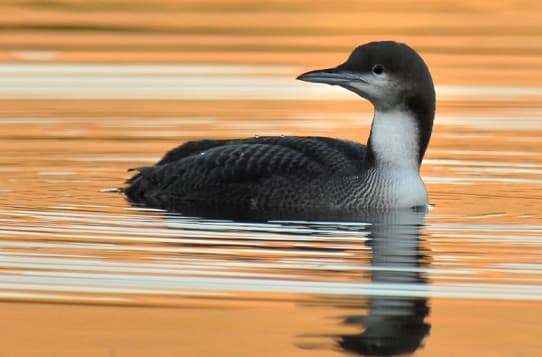
Albatross
Dark-backed albatross
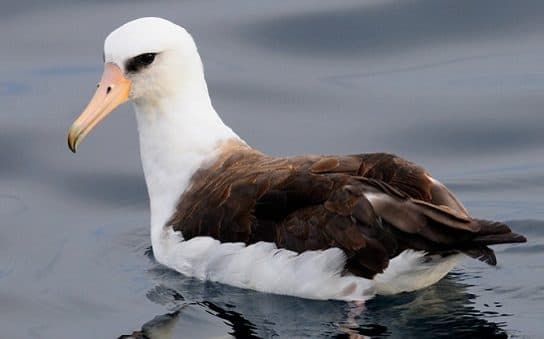
Black-legged albatross
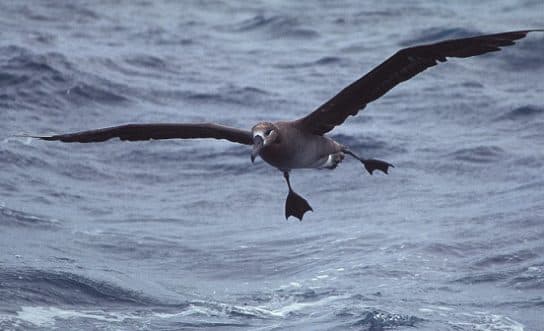
Petrel
Thin-billed petrel

Gray petrel

Grebe
Gray-faced toadstool

Red-necked toadstool
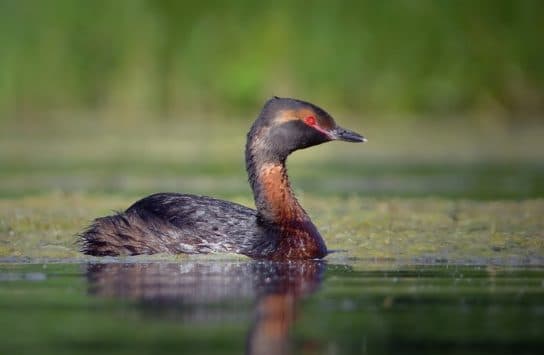
Black-necked toadstool

Little grebe

Big toadstool

Phaetonic
Red-billed phaeton
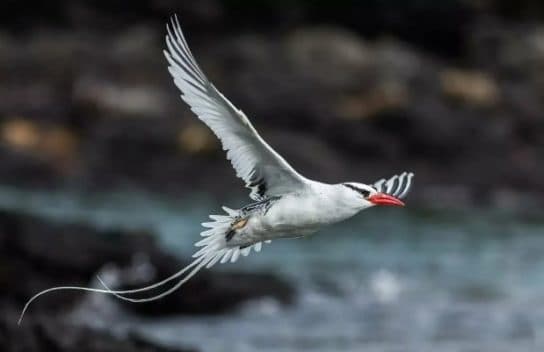
Red-tailed phaeton
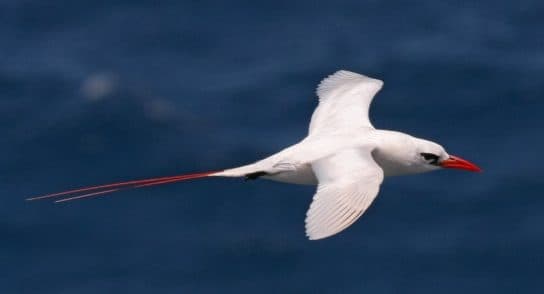
White-tailed phaeton

Stork
White-necked stork

White stork

Black stork

Far Eastern stork
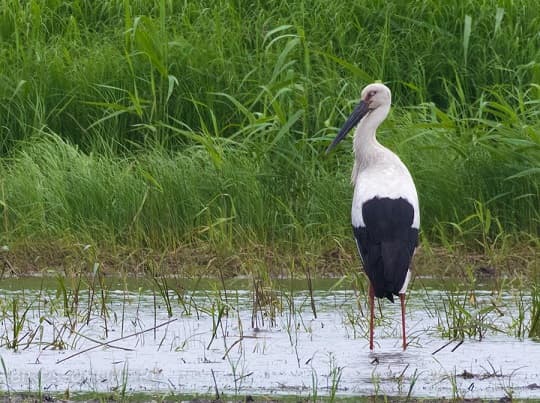
Indian beak
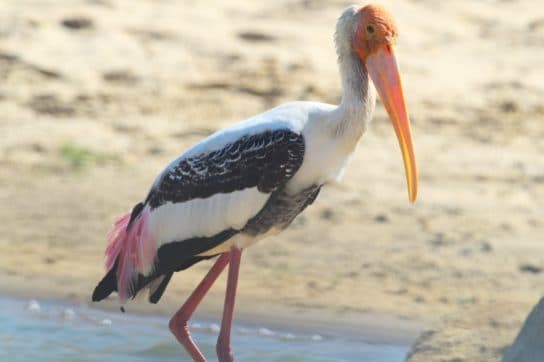
Javanese marabou
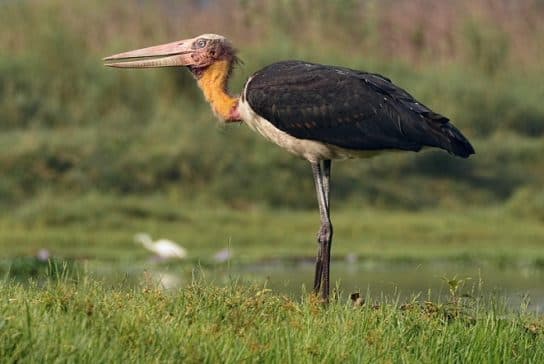
Ibis
Spoonbill
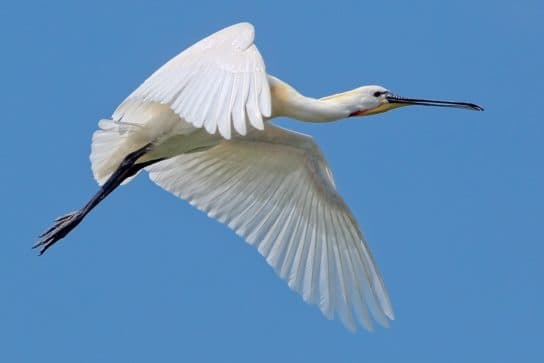
Loaf

Small spoonbill
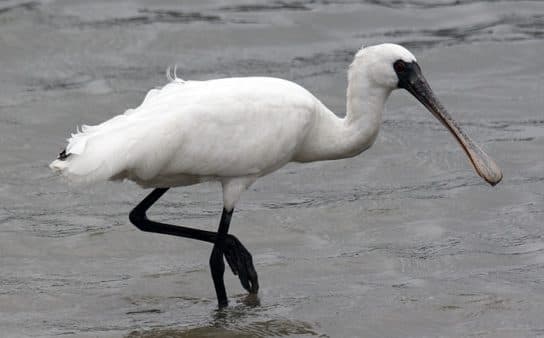
Black-headed ibis
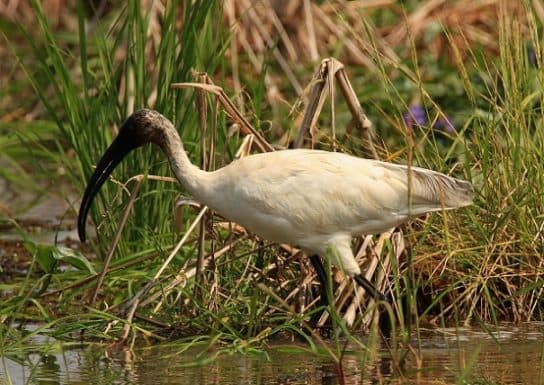
Red-legged ibis
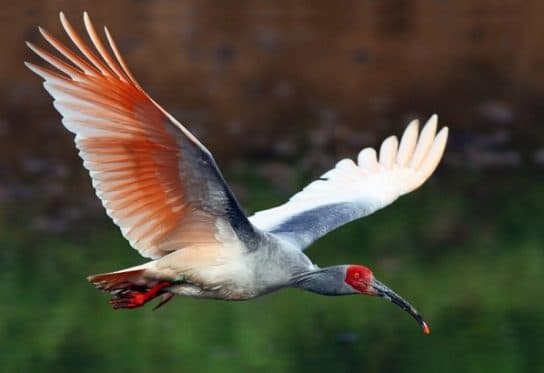
Heron
Big bittern

Green heron
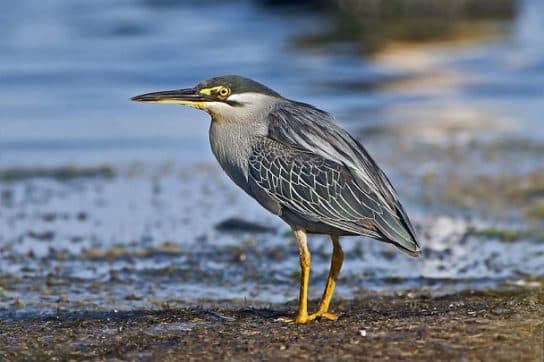
Kvakva
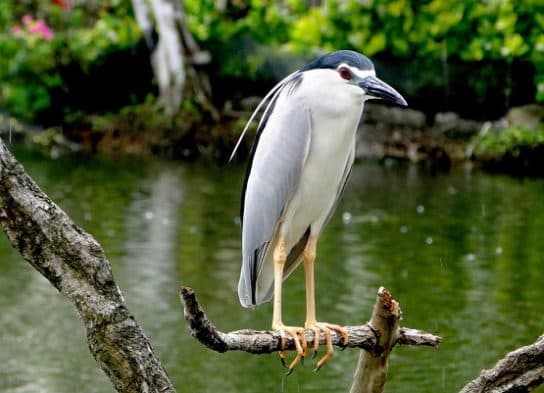
White-winged heron
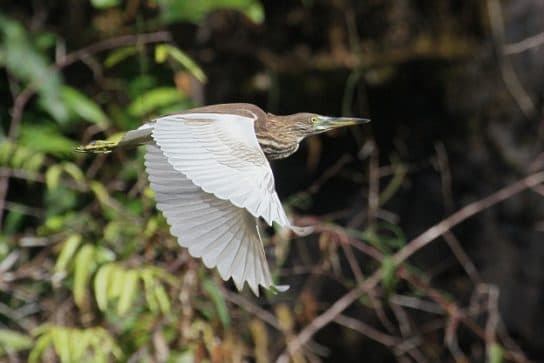
Gray heron
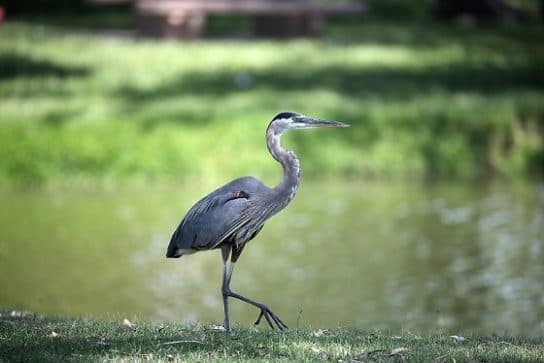
Medium egret
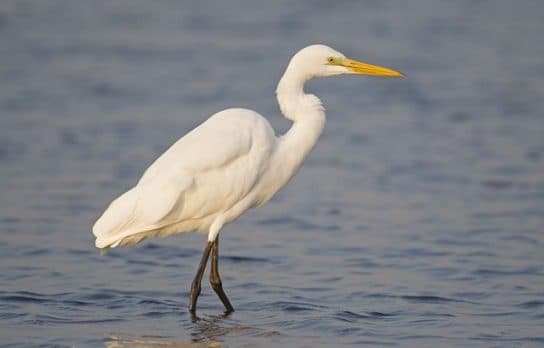
Little egret
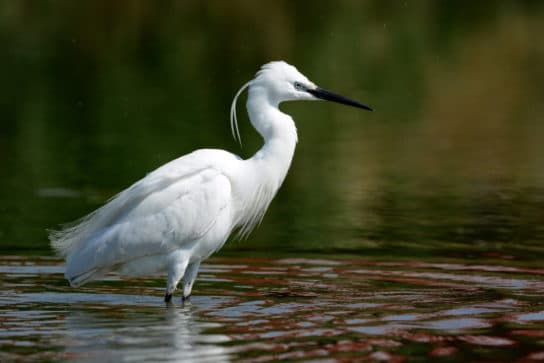
Yellow-billed heron
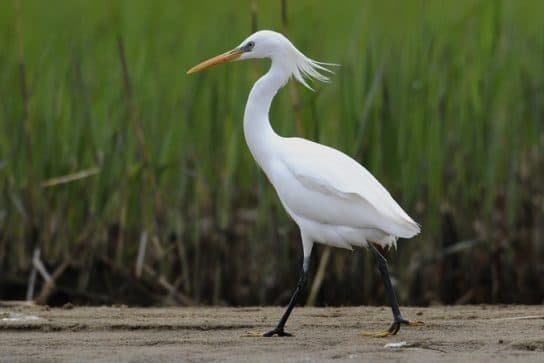
The rest of the birds of Asia
Pelican
Pink pelican

Curly pelican

Frigate
Large frigate
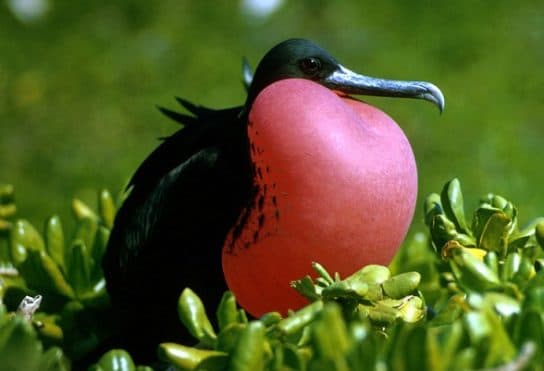
Frigate ariel

Booby
Blue-faced boobies

Brown olusha

Red-footed boobies

White-eyed
Burobokaya beloglazka
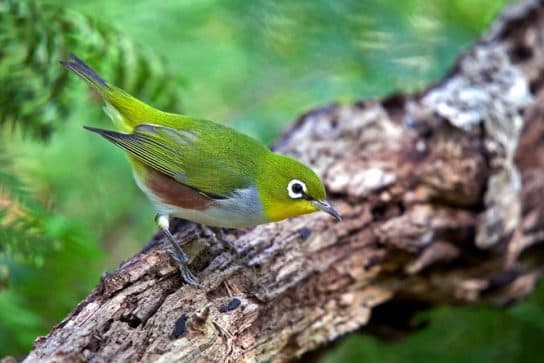
Japanese white-eyed

Bulbul
Short-fingered bulbul
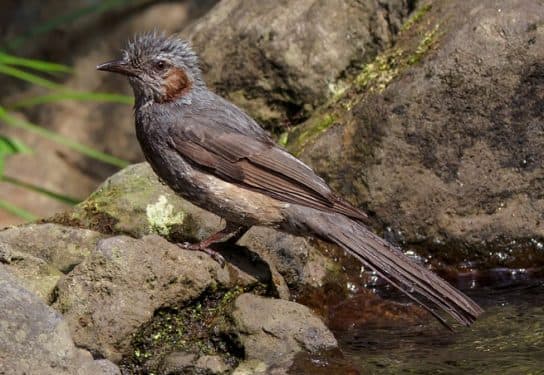
Chinese real bulbul
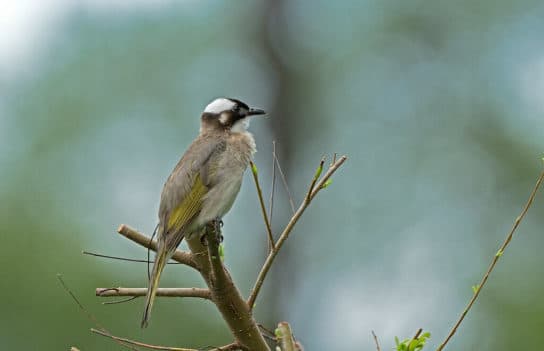
Passerines
Field sparrow

Red sparrow
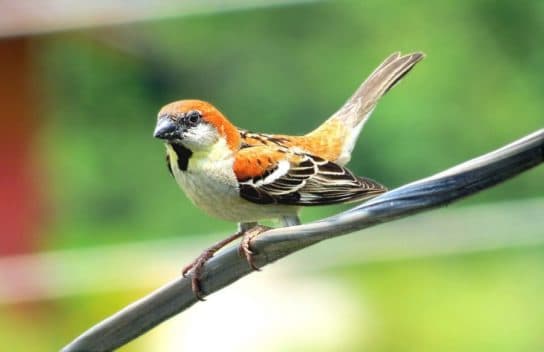
Corvids
Crow
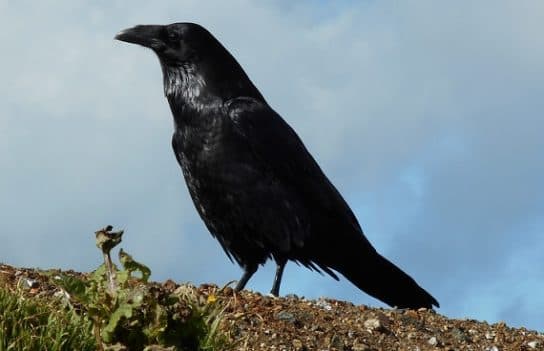
Black Crow
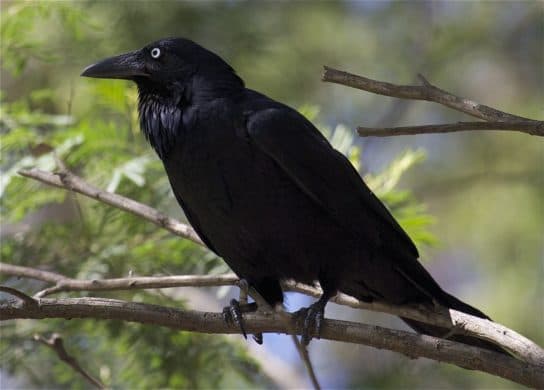
Blue magpie

Daurian jackdaw
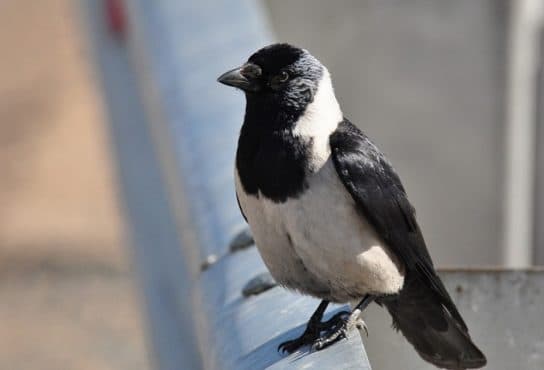
Rook
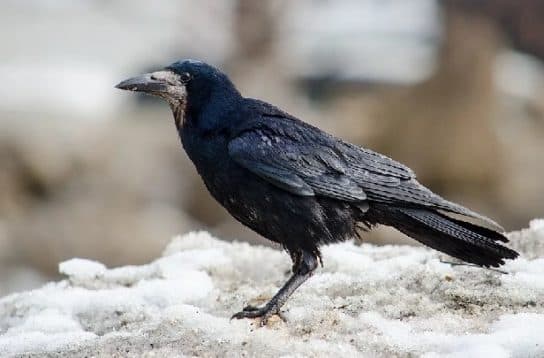
Shiny Raven

Jay

Kedrovka
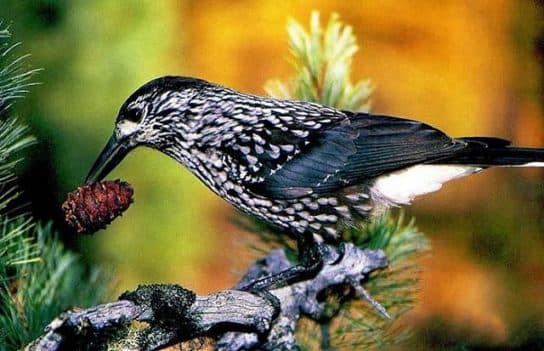
Finches
Chechetka
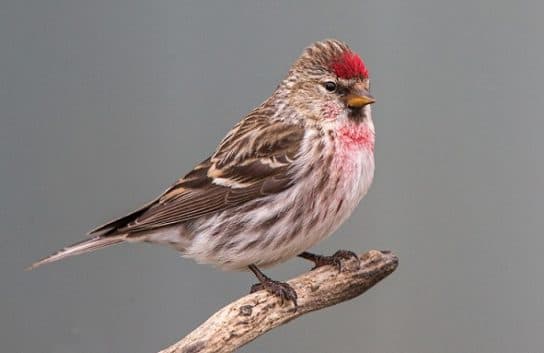
Chizh

Siberian lentils

Chinese green tea

Siberian finch

Great black-headed grosbeak
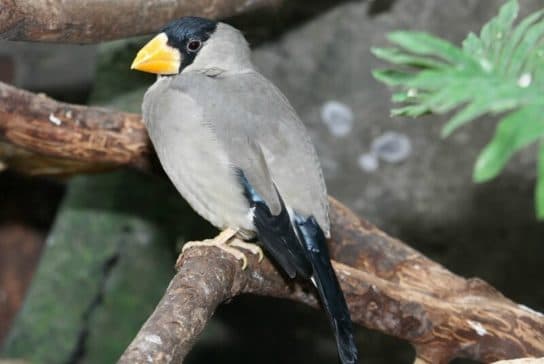
Klest-elovik

Uragus
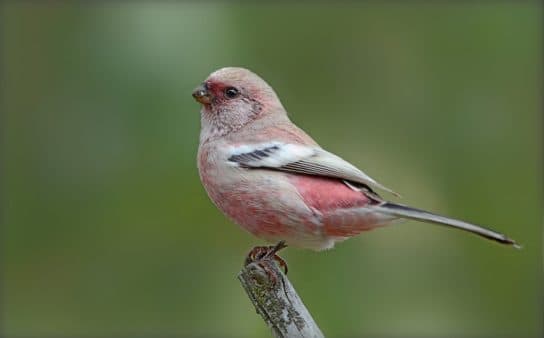
Bullfinch

Blackbirds
Spotted thrush

Siberian thrush
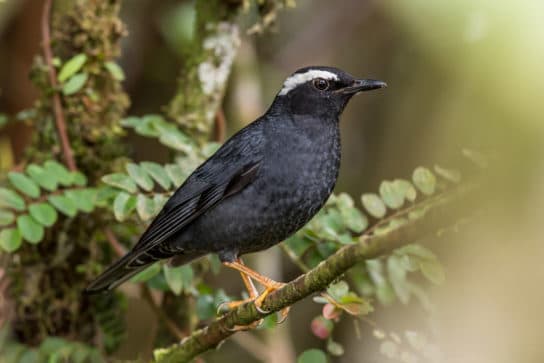
Blackbird
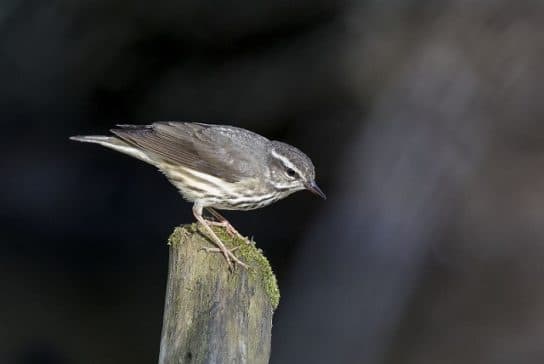
Deryaba
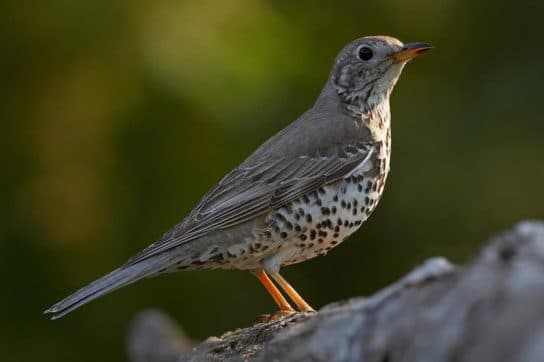
Blackbird

Белобровик
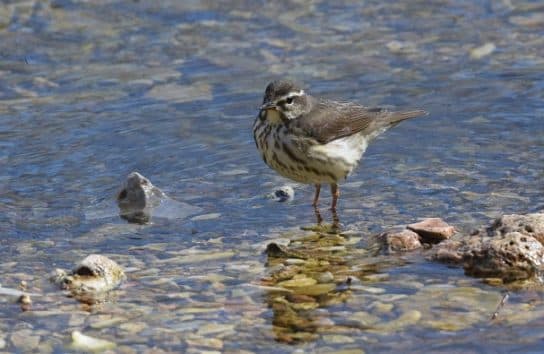
Olive thrush
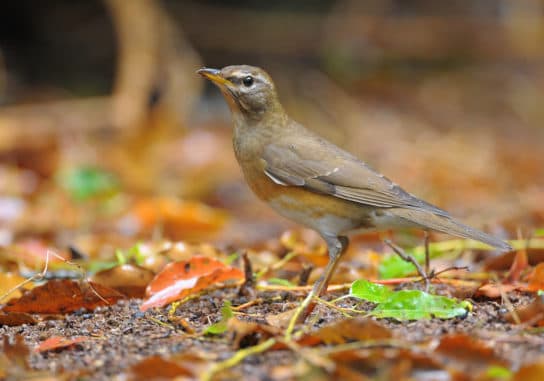
Larks
Lark

Japanese lark
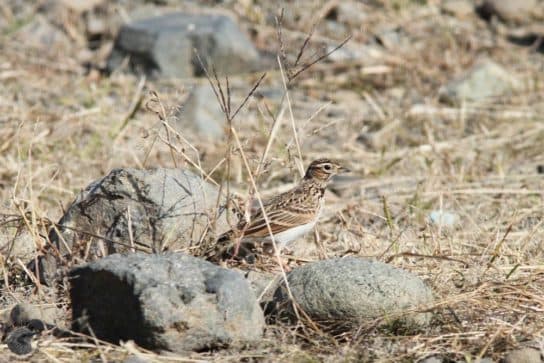
Lesser lark
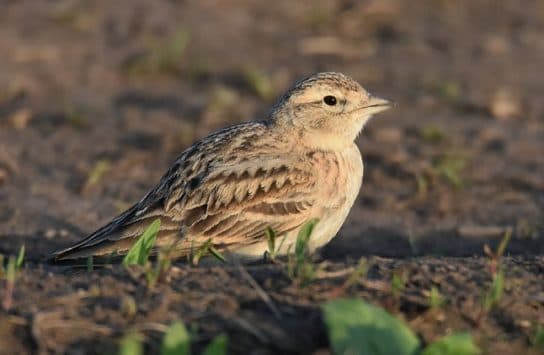
Saline lark
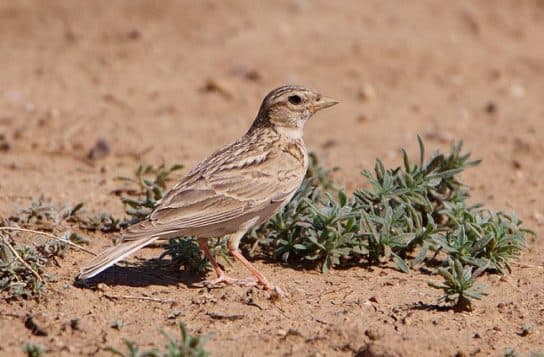
Horned lark

Accentorids
Alpine accentor
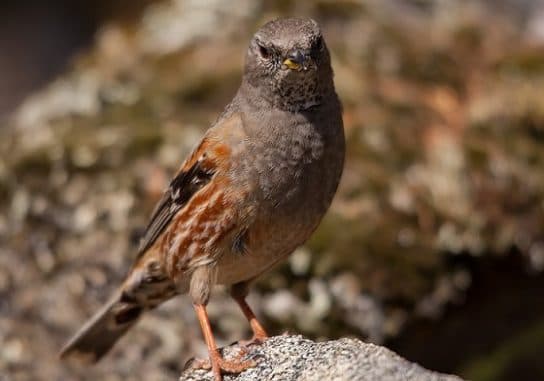
Siberian Accentor
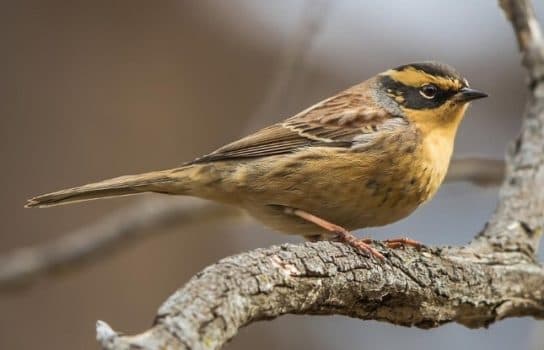
Japanese Accentor
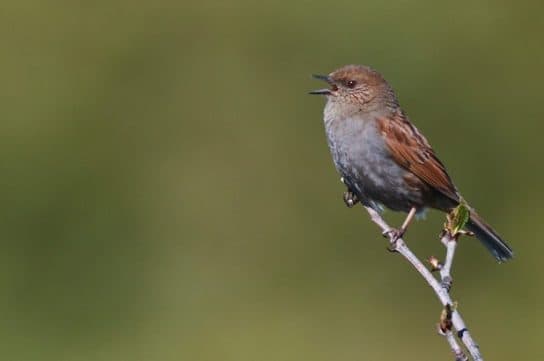
Swallow
City swallow

Red-lumbar swallow
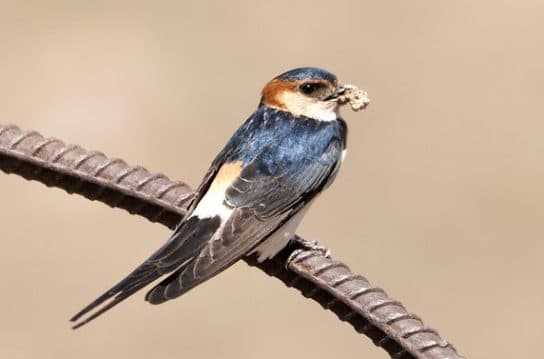
Barn swallow
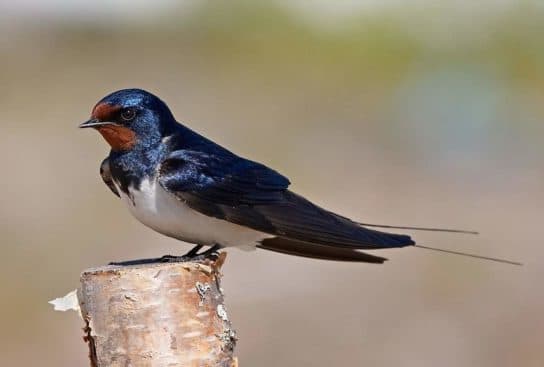
Brown-throated swallow
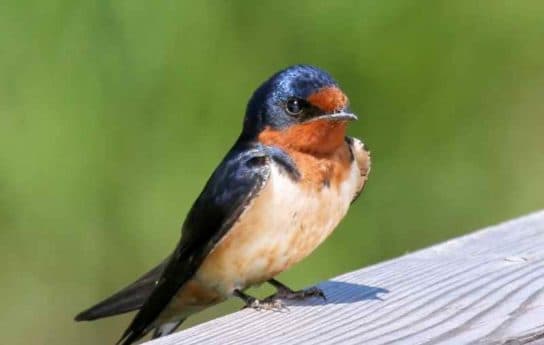
Beregovushka
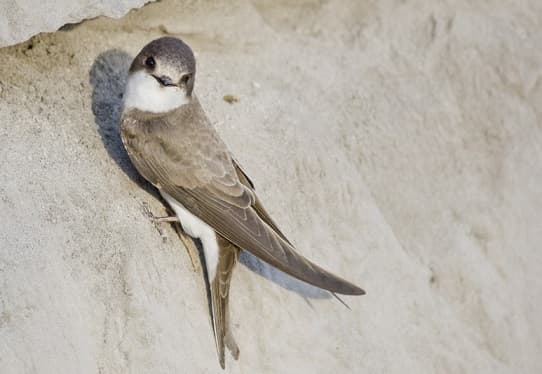
Flycatchers
Blue flycatcher

Japanese robin

Black-throated robin
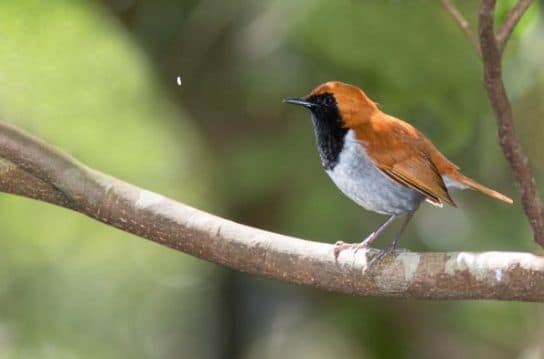
Ruby-necked nightingale
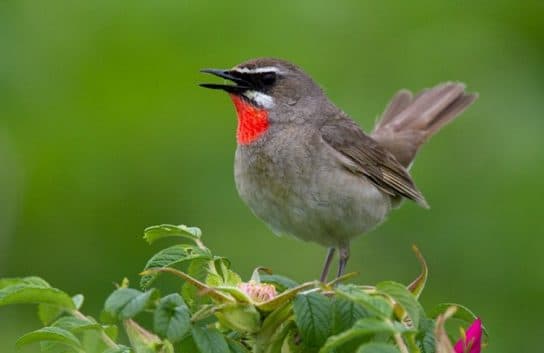
Blue nightingale
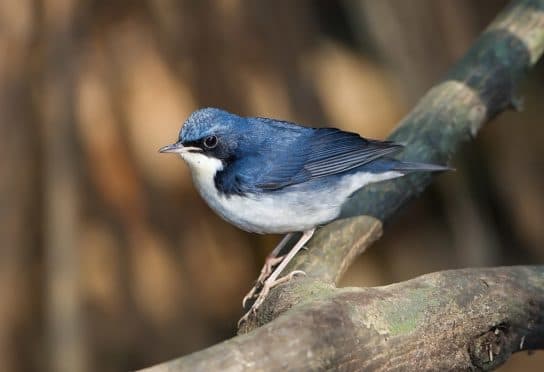
Taiga flycatcher
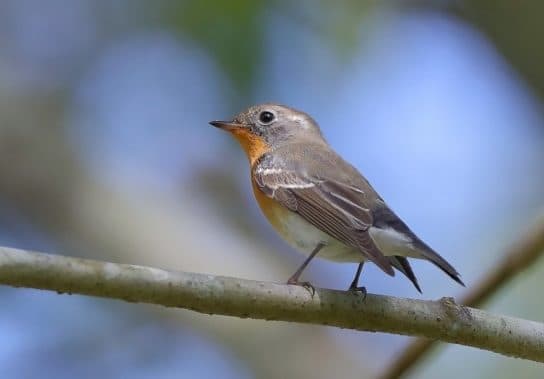
Japanese flycatcher
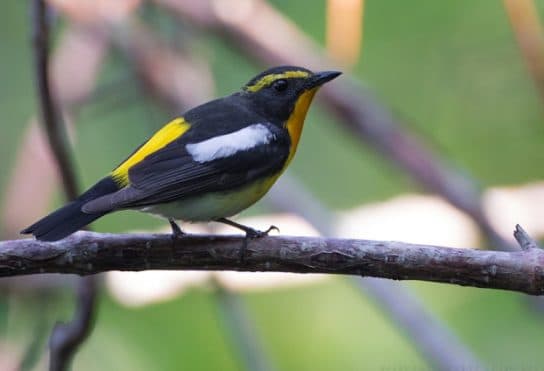
Bluethroat

Oatmeal
Gray-headed bunting
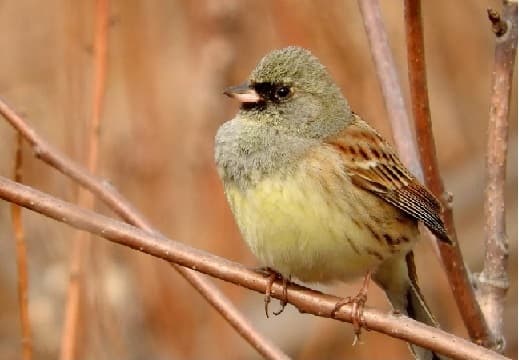
Japanese oatmeal
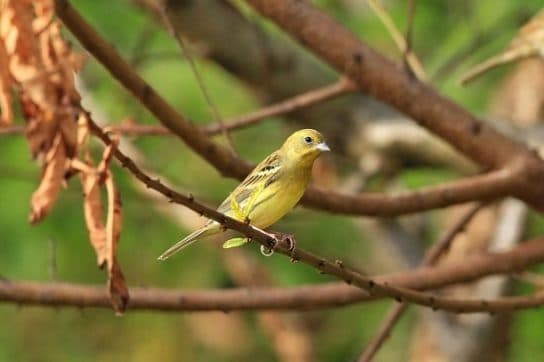
Black-throated bunting
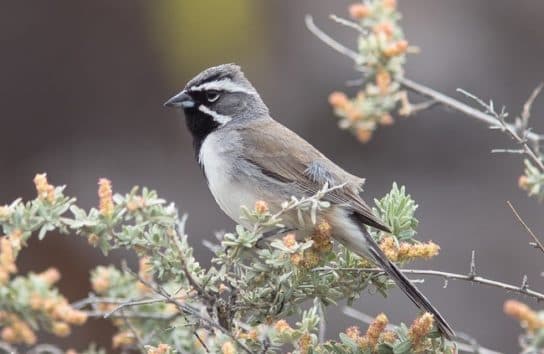
Red eared bunting
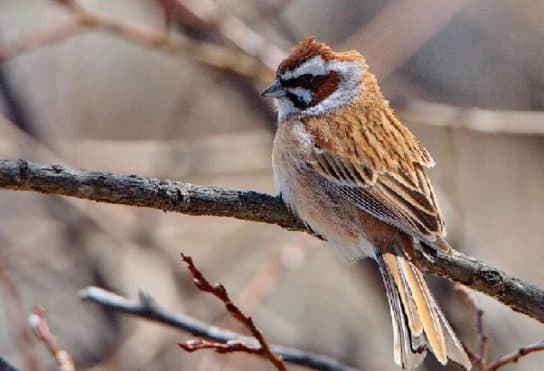
Common oatmeal
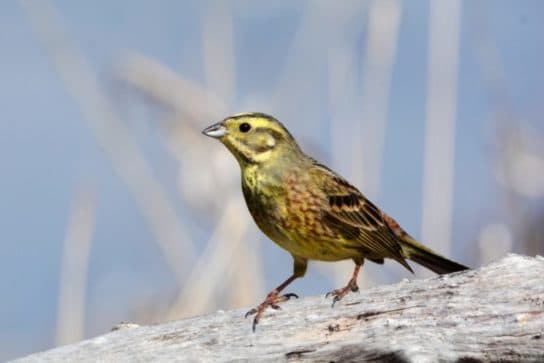
Yellow-browed bunting

Garden bunting
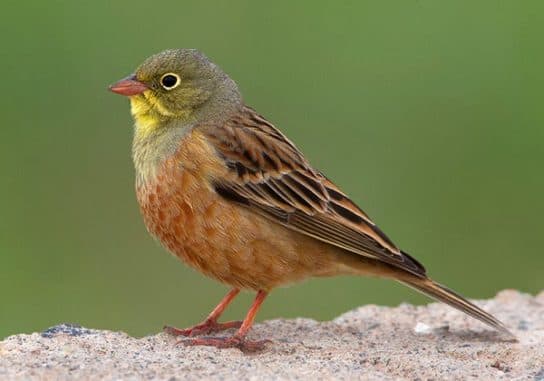
Hemp
Light-headed warbler
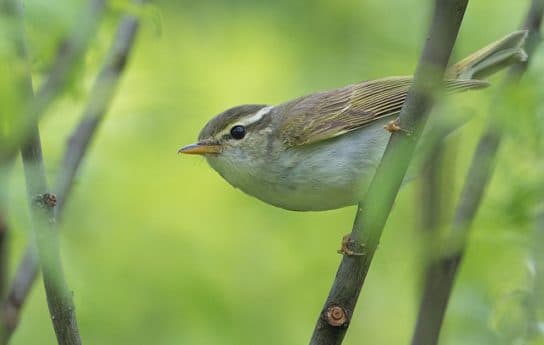
Kamchatka warbler

Brown warbler
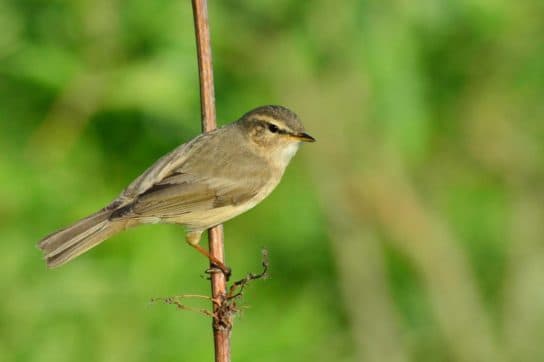
Foam-zarnichka
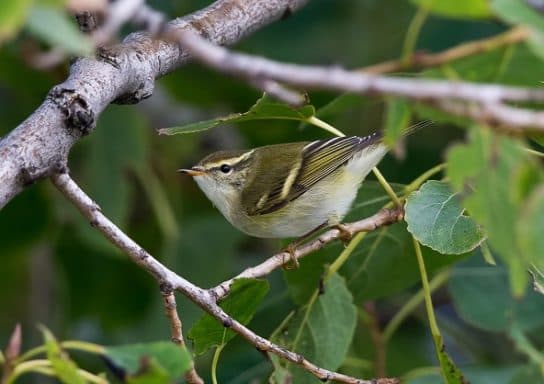
Korolkovaya warbler

Pitty
Pitta nymph

Black-headed pitta
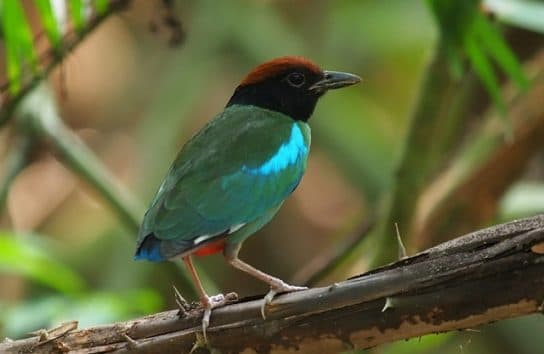
Crickets
Sakhalin cricket
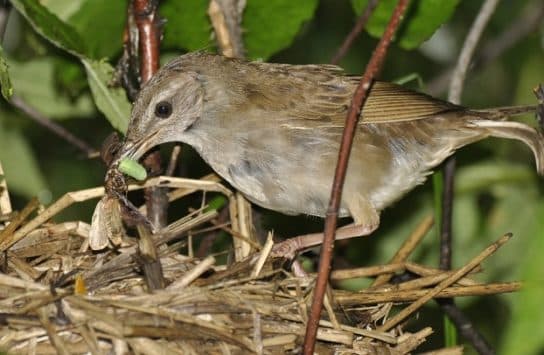
Singing cricket

Taiga cricket
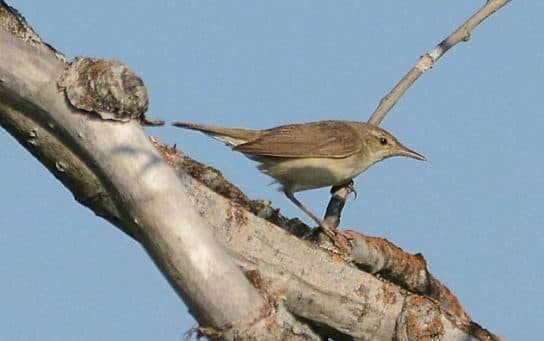
Spotted cricket
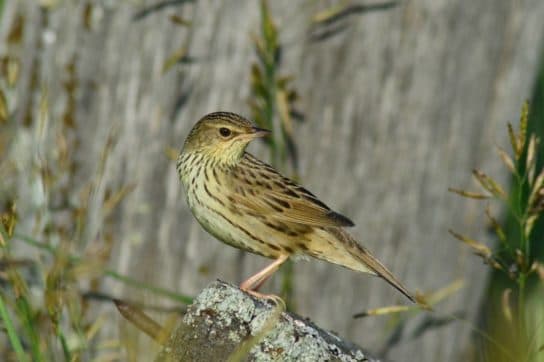
Okhotsk cricket

Japanese cricket
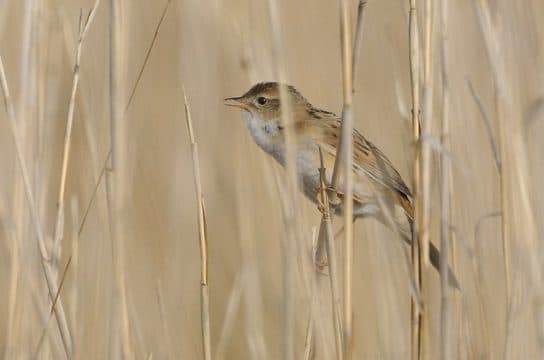
Starling
Crested Lane
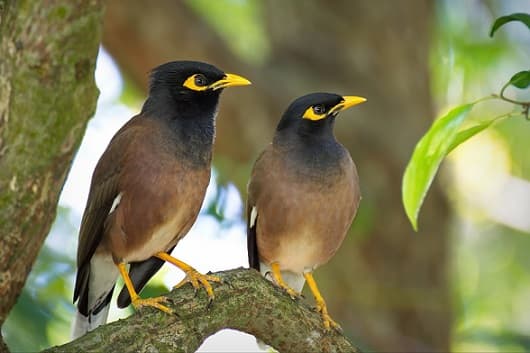
Japanese starling
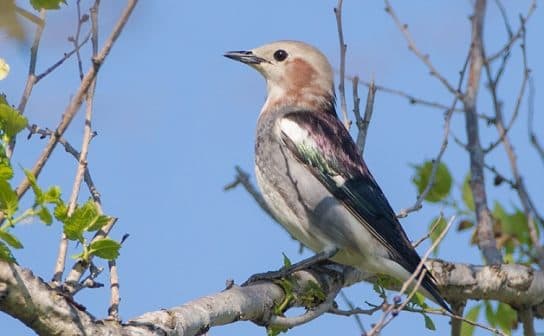
Gray starling
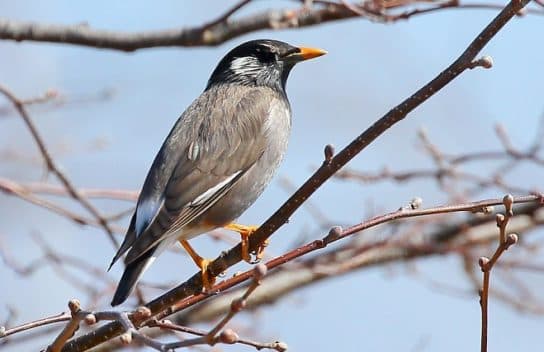
Pastor

Red-billed starling
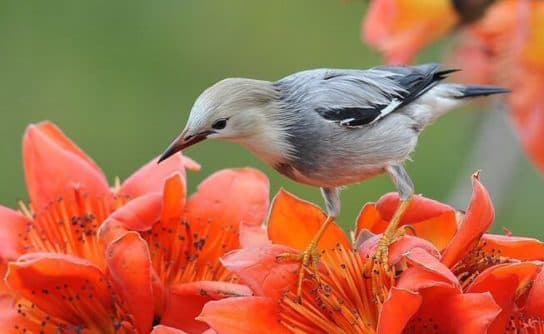
Chinese starling
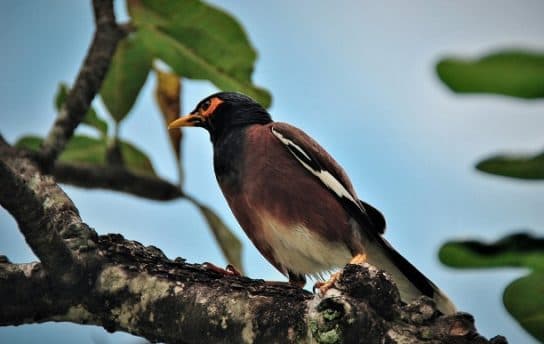
Common starling

Wagtails
Steppe ridge
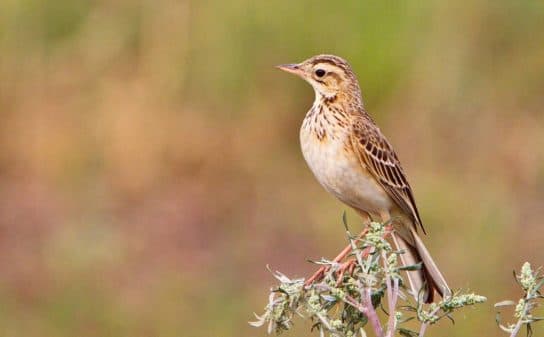
Mountain horse

Forest horse

Tree wagtail
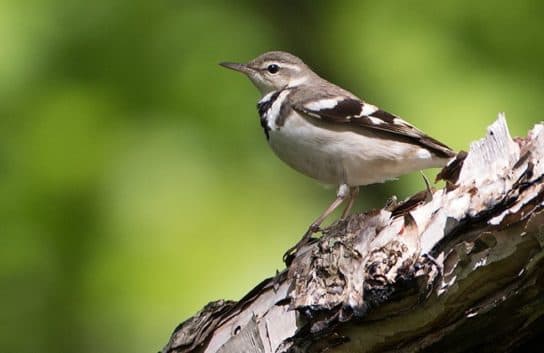
White wagtail

Mountain wagtail

Yellow-headed wagtail
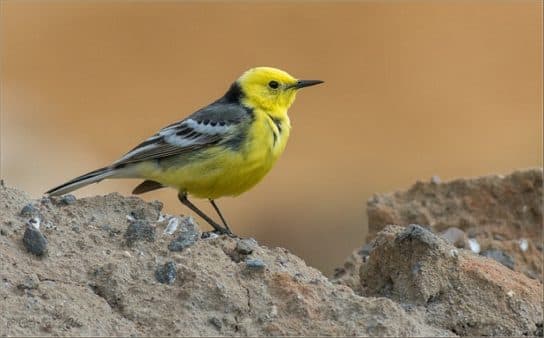
Yellow wagtail

Conclusion
As you can see, almost all bird families are represented on the territory of Asia. They live in different environments and lead different lifestyles. There are terrestrial and flying, sedentary and migratory, herbivorous and carnivorous, semi-aquatic, waterfowl, sea, songbirds and many others. There are species, the existence of which is little threatened. And there are also such birds, which are given an “honorable” place in the Red Book due to the danger of their complete disappearance or significant reduction. For example, the Lesser White-fronted Goose is a vulnerable cutting species. But about the pink-headed duck, which previously lived in India, nothing has been known for more than 70 years.
